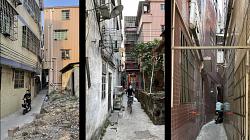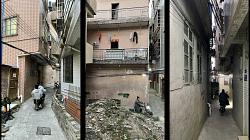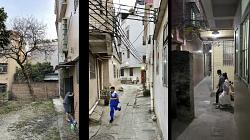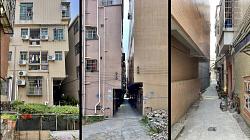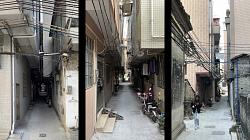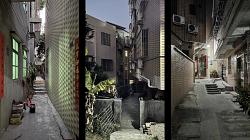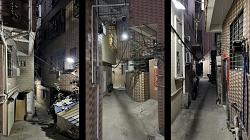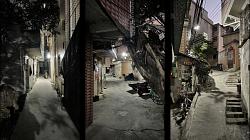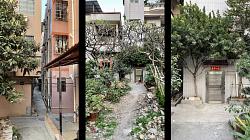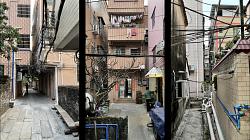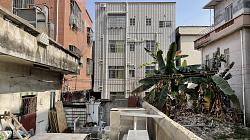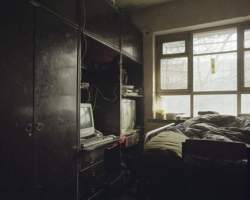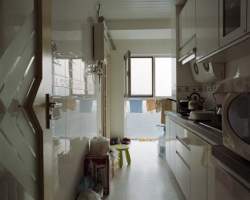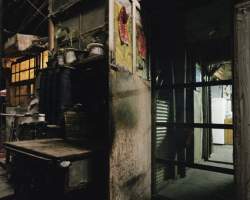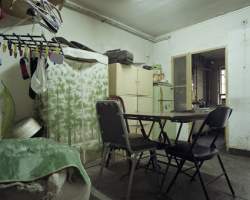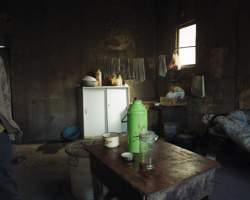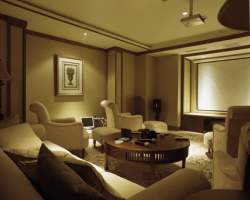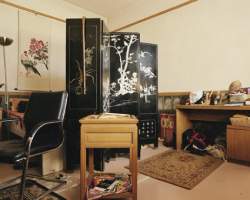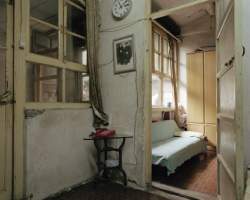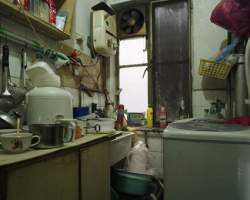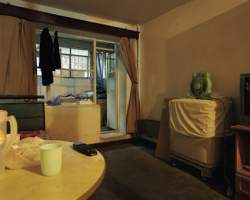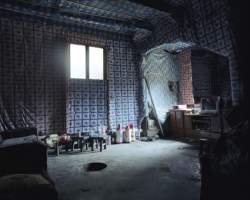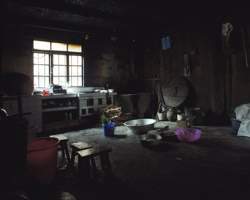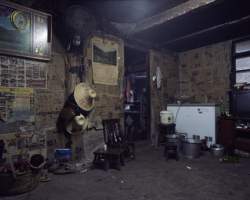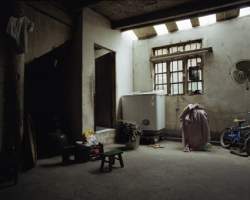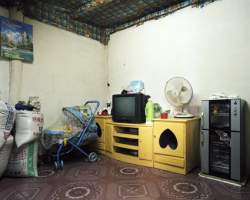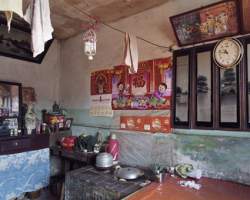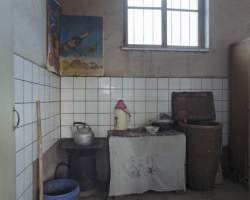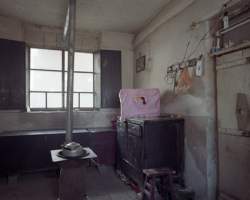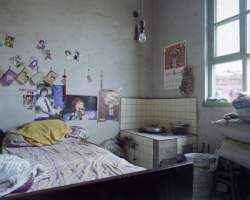IN/FORMALITY
Guangzhou's handshake homes 2020 by Neville Mars
-
IN_FORMALITY
Much of our urban world is the product of piecemeal development. Throughout history this has been the case. Cities and villages have mostly grown without the oversight of a singular vision. Yet, with the arrival of trained urbanists and accredited city planners this entire legacy of urban development has been designated as “informality”. As the world inches towards 10 billion people, the bulk of new habitats will be materialising casually and haphazardly, within peri-urban settings. It may prove disastrous if informality is not given credit for the wealth of solutions it still conceals. Across the globe, the historical, cultural, socioeconomic, and regulatory contexts driving informal urbanization differ greatly from region to region. It has given rise a plethora of informal typologies: from the favelas in Brasil, to urban villages in Shenzhen, from desakota on Java, to the rural-urban fields across the North China Plane. All are structurally unique, and as a new book by Xuefei R 1 en lays out in detail, they face a multitude of managerial challenges that defy jejune cross-territorial comparisons. Not withstanding this complex diversity, to adhere to the qualities and benefits of informal settlements we must also ascribe to their mutuality and fundamental sameness. Informal settlements share common features that planners and architects can only dream of recreating. With minimal resources and facing maximum risk, they cultivate rich pockets of urban fabric, right where demand is highest. While crime can flourish, social cohesive and the sense of community is often unparalleled. Even in the poorest, most ramshackle settlements, every inch of land is mediated and every dispute is arbitrated within the collective. Slum contractors construct homes at a cost point utterly out of reach for trained architects, at a speed that would even make Chinese builders quiver, to deliver new cityscape growing incrementally according to community codes and guidelines. As informality meanders around formal urban spaces, it obliterates any planned conception of the “compact city”. And yet, surprisingly, all informal settlements echo the morphology of ‘formal’ cities. Spatially compressed (about) fourfold, the traditional integrity of a city is upheld. High-streets with shops provide a backbone, side streets and feeder alleys connect to deeper, more peaceful residential quarters. With time a slum can evolve into a micro-metropolis, that may lack sanitation and safety standards, but is supported by social, leisure, education and other quintessential urban amenities. Managed well, informality can mature into strong socio-spatial microcosms that can achieve hyper efficiency in multiple dimensions. The photos of Suìshícūn—the most spotless and elegant urban village I’ve yet encountered—reveal this. But this is not a plea for blind admiration. Nostalgia hasn’t helped to unravel the underlaying principles of informality, nor foster its potential. Instead, this is a call to embrace informality as equal and complementary to formally planned urban systems. As Juan Du notes, half of Shenzhen’s twenty million inhabitants live in its urban villages. Here the young and transient find refuge and a first job; white collar workers can safe up for their next move. This shiny beacon of Chinese Modernism and formal planning could not have succeeded without the presence of its hyper dense, diverse, dirty, and affordable ulterior urban system. While competing for the same land, it’s the binary that makes the megacity work. The informal within the formal.
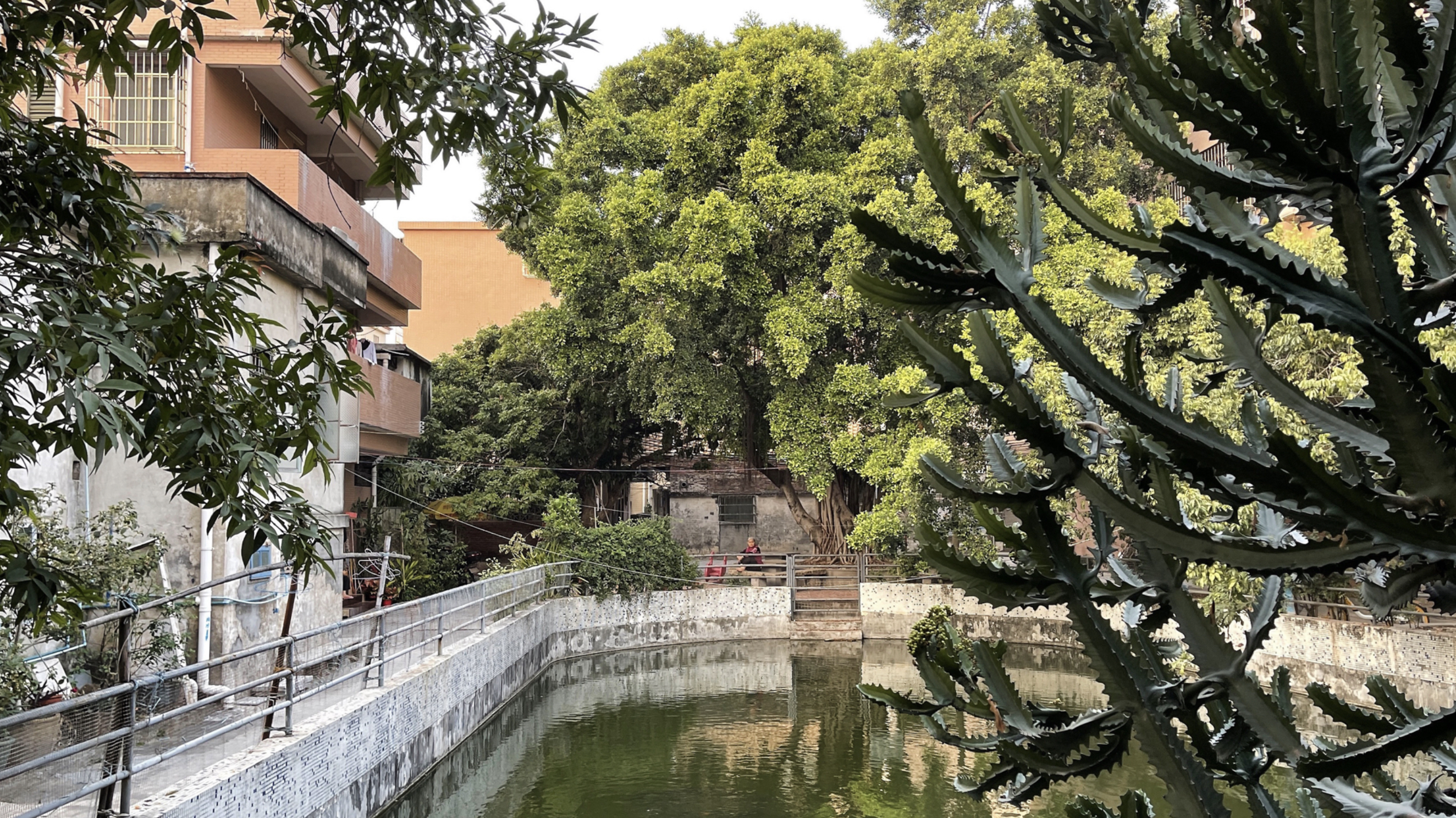
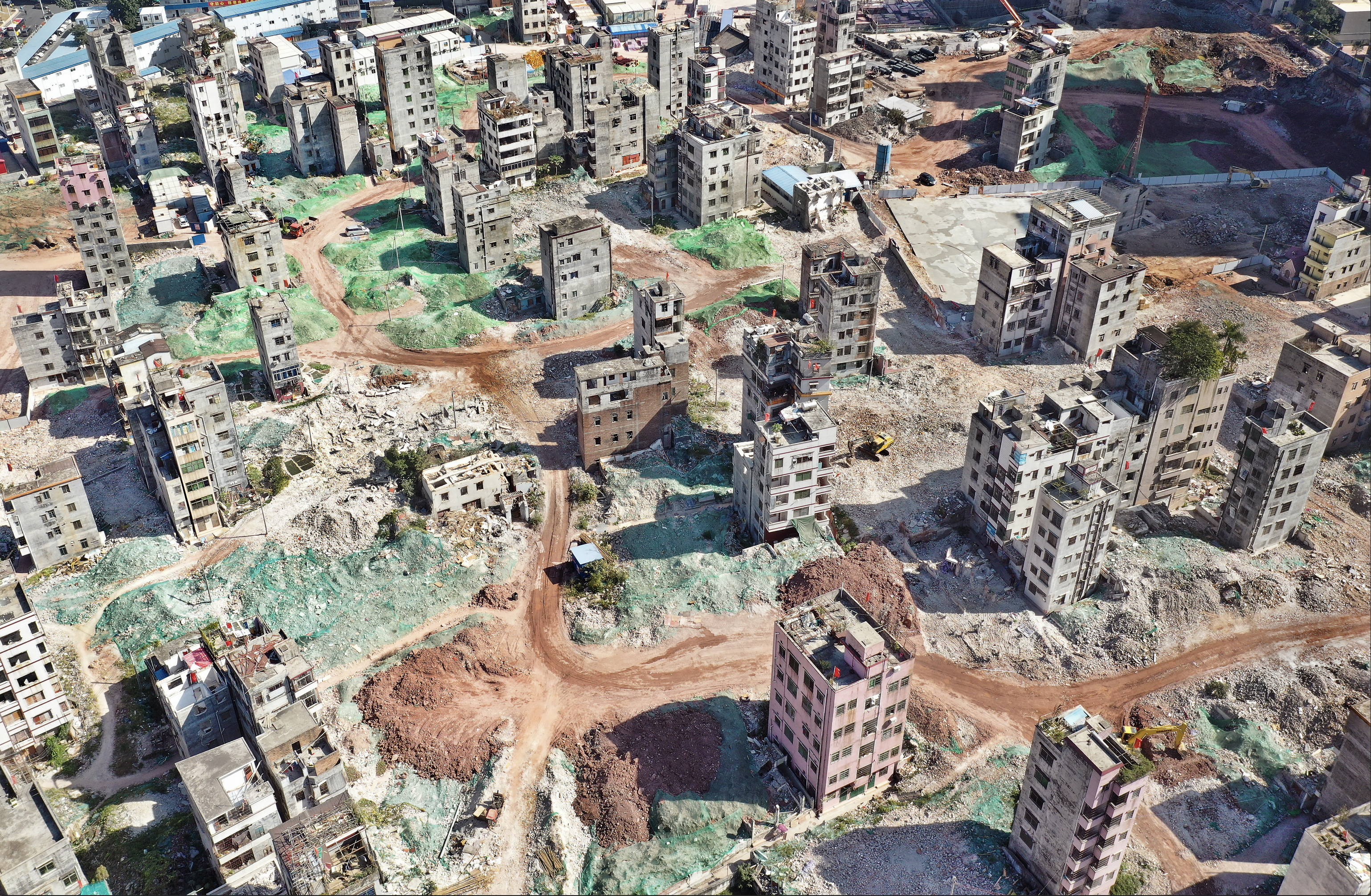

Author: Marrigje de Maar
内部透视
Notion of Home
Private spaces are shaped by spending power, by social and personal rituals and by personal taste. They reflect culture as well as socio-economic status and personality. In my photographic work I aim to capture the interplay and the frictions between these defining entities. In choosing my playground, I favour for authentic and creative personalities.
My fascination for private spaces does not concern the shell - the bulk of the building. My fascination is with its function as shelter, the embodiment of warmth and safety. For me a private space is a small cosmos of experiences and feelings, colour and light. It is this intimacy that I am trying to capture. Although I do not focus on any particular household object, they do give these pictures enhanced – and enchanted – significance.
Some of my pictures may appear more spatial, others more like paintings. During my time at Art School I worked in both fields, only in the end to find out that the best form in which to materialize my work was through photography.
I started photographing private spaces during a residency in Eastern Finland in 2003. From Finland I travelled on to Russian Karelia. Between March 2003 and July 2005 I made 4 trips to the area.
This first series "Maidensong" (Finland) and “Mothersong”(Russia) ment the start of a larger work in progress: “Notion of Home”. A project about feeling loved and protected, about being accepted the way you are. For this I intend to shoot interiors in different countries and cultures in the years to come.
In 2005 I got a large grant from the Dutch Foundation for the Visual Arts and I could make a trip to China. For almost 4 month I stayed, both in Beijing and in two villages in the country side - near Pingyao in Shaanxi and in Zhaoxing in Guizhou. In both villages I stayed with a Chinese family. The Chinese serie has got the name “The Emperor’s Wardrobe”.
The longer I work on this project, the more surprised I am about how universal this need for a private space proves to be. People use their private space – consciously or unconsciously –as a way to (re)create themselves. In this way private spaces can be seen as portraits.
Although many of my pictures are taken in humble houses, they are not about the aesthetics of exotic places or of the appalling life of the poor. For me the modest interiors are often more personal, then the afluent. Things hanging on the wall – a poster or some family pictures, or perhaps an old teapot or vase in a cupboard – they are there to please the owner not to impress the visitor. They are kept because they are reminders of a beloved person or a happy occasion, not to show wealth or status. A chair is still a useful chair even when the paint has chipped off or a leg has been repaired. Colours are faded by time and many years of sturdy use. They tell a story of their own.
My personal feelings of esteem and honour for both the people and the place is reflected in my work.When I take my pictures I never make any changes. I do not move, add or remove anything. To shape my image I only use the available light.
All these pictures are telling stories. Stories about how people house themselves – often under not so easy circumstances. How they shape their homes into their private space. A place to be themselves and a place for daydreaming. About the lives they would like to live and the persons they would like to be. Some spaces seem to fit their occupants completely. Independent of customs and habits the place looks like it is built around its inmates. A safe haven – a sanctuary – solely suited to them.
Underneath these stories there is another story. The story of my sanctuary! This place is not an existing structure - a cabin on the moors or a loft, high up in a skyscraper? My space materializes in my imagination only. The pictures serve as building material. Each new project adding more memories and feelings, deepening the shades of colour and light.
Owned by neville mars / Added by Stephanie Yao / 17.8 years ago / 69363 hits / 4 hours view time
Tags
Latest Entries
-
TREES IN THE FOREST
-
top view GZ
-
fly over
-
lake
-
in//formality Ghangzhou
-
Notion of Home - Marrigje de Maar
Contribute
Login to post an entry to this node.
